Exploring Reinforcement Effectiveness: A Comprehensive Analysis and Detection Guide
1. Overview of Reinforcement Effectiveness
Reinforcement, a critical process in construction and material sciences, plays a pivotal role in enhancing the structural integrity of buildings, bridges, and other infrastructures. **Understanding the effectiveness of reinforcement** is essential to ensure safety, durability, and compliance with standards. This article delves into the science behind reinforcement, highlighting key testing methods and the tools used to evaluate its success.
2. Sampling for Reinforcement Testing
To accurately assess reinforcement effectiveness, precise sample collection is crucial. Commonly tested materials include **concrete cores**, **steel bars**, and composite materials. Proper sampling ensures that the tests reflect real-world conditions, accounting for environmental factors such as moisture, temperature, and load conditions. Samples should be labeled meticulously to maintain traceability and consistency during testing.
3. Key Parameters in Reinforcement Detection
When analyzing reinforcement effectiveness, several core parameters come into play:
- Load-bearing capacity: Determines the maximum force the structure can withstand.
- Crack resistance: Evaluates the material's ability to resist fractures under stress.
- Adhesion quality: Assesses the bonding strength between reinforcement and surrounding material.
- Durability metrics: Includes resistance to corrosion, wear, and environmental degradation.
4. Tools and Instruments for Reinforcement Testing
Modern testing relies on advanced instruments to deliver precise and repeatable results. Commonly used tools include:
- Universal testing machines: Measure tensile, compressive, and bending strength of reinforced materials.
- Ultrasonic testers: Non-destructive tools for identifying internal defects and evaluating bonding quality.
- Rebound hammers: Assess surface hardness and provide quick, on-site insights.
- Scanning electron microscopes (SEM): Offer microscopic views of material interfaces to study microstructural integrity.
5. Methods for Evaluating Reinforcement Effectiveness
Various methods ensure a comprehensive understanding of reinforcement quality:
- Destructive testing: Includes tensile and compressive strength tests to determine ultimate load-bearing capabilities.
- Non-destructive testing (NDT): Techniques like ultrasonic testing and radiography help evaluate internal conditions without damaging the material.
- Chemical analysis: Identifies potential contaminants or corrosion levels affecting reinforcement performance.
- Dynamic testing: Simulates real-world conditions to observe how reinforced materials respond under stress over time.
Conclusion
Reinforcement effectiveness is a cornerstone of structural reliability. By leveraging accurate sampling, assessing key parameters, and utilizing cutting-edge instruments and methodologies, professionals can ensure that their reinforced structures meet the highest standards of safety and durability. Continuous advancements in testing technologies promise even greater insights, paving the way for innovations in construction and materials science.

检测资质(部分)
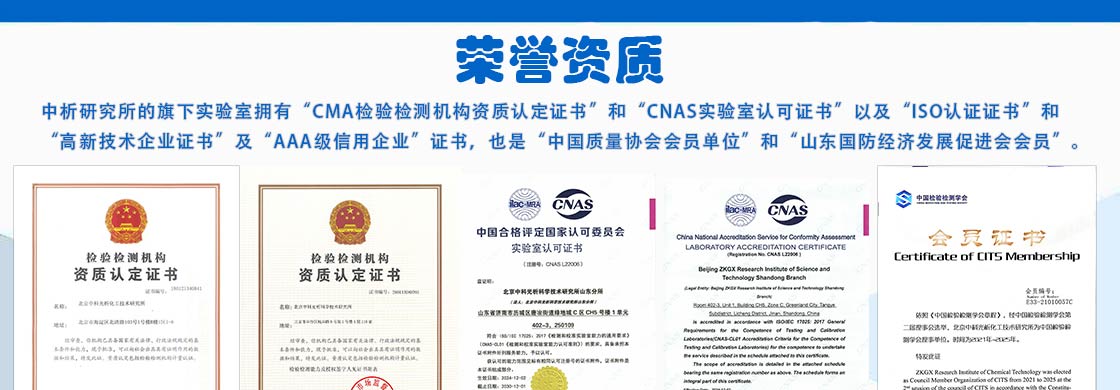
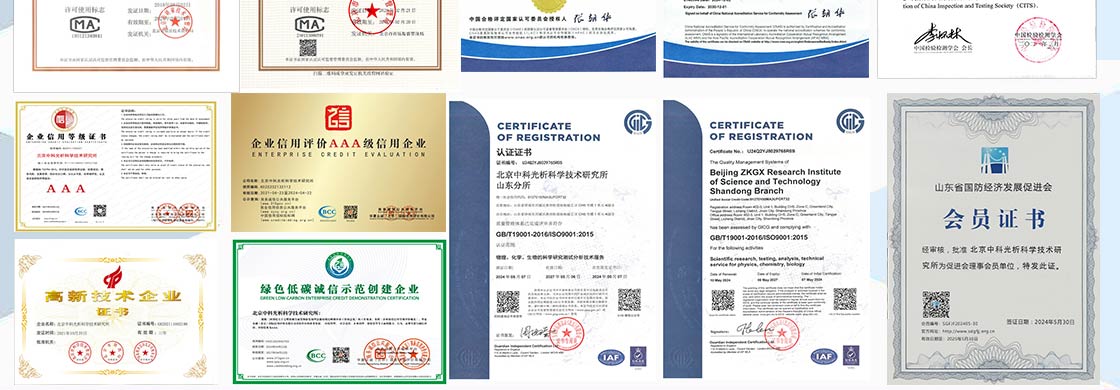

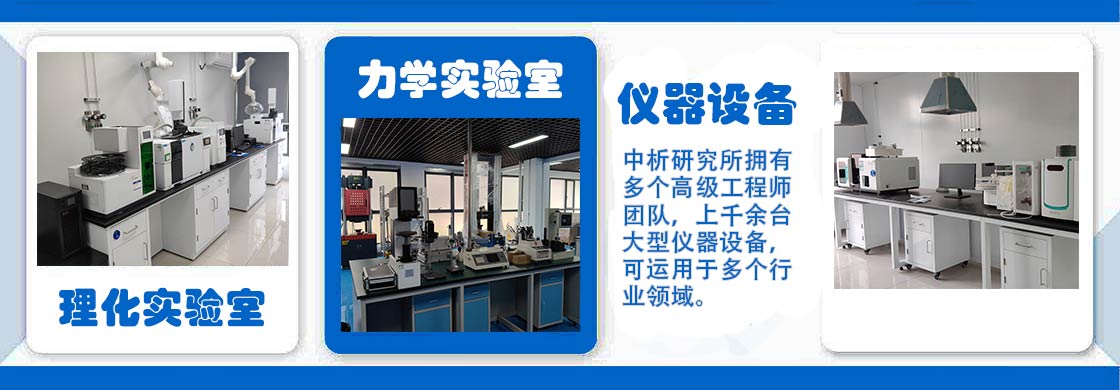
检测实验室(部分)



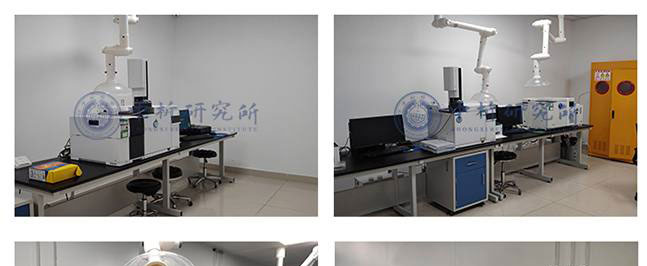
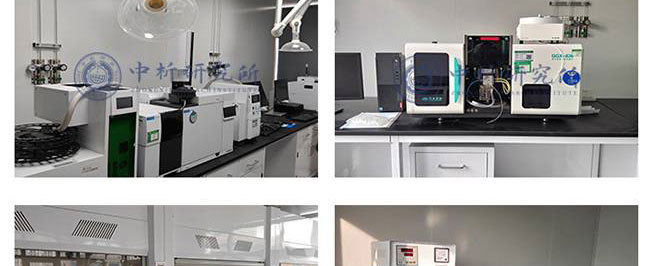
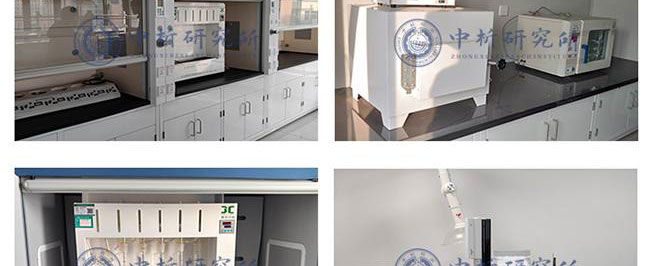
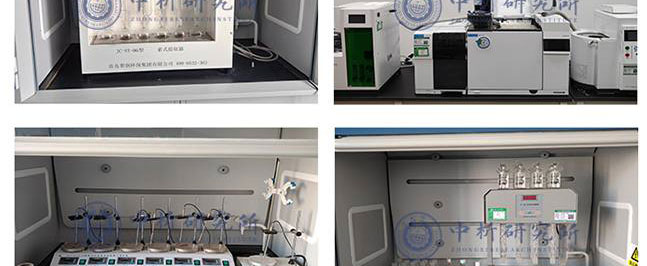
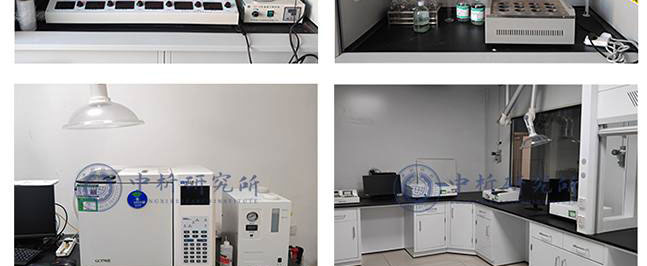
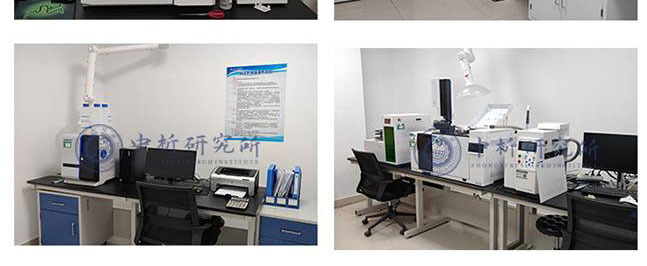
合作客户(部分)





检测报告作用
1、可以帮助生产商识别产品的潜在问题或缺陷,并及时改进生产工艺,保障产品的品质和安全性。
2、可以为生产商提供科学的数据,证明其产品符合国际、国家和地区相关标准和规定,从而增强产品的市场竞争力。
3、可以评估产品的质量和安全性,确保产品能够达到预期效果,同时减少潜在的健康和安全风险。
4、可以帮助生产商构建品牌形象,提高品牌信誉度,并促进产品的销售和市场推广。
5、可以确定性能和特性以及元素,例如力学性能、化学性质、物理性能、热学性能等,从而为产品设计、制造和使用提供参考。
6、可以评估产品是否含有有毒有害成分,以及是否符合环保要求,从而保障产品的安全性。
检测流程
1、中析研究所接受客户委托,为客户提供检测服务
2、客户可选择寄送样品或由我们的工程师进行采样,以确保样品的准确性和可靠性。
3、我们的工程师会对样品进行初步评估,并提供报价,以便客户了解检测成本。
4、双方将就检测项目进行详细沟通,并签署保密协议,以保证客户信息的保密性。在此基础上,我们将进行测试试验.
5、在检测过程中,我们将与客户进行密切沟通,以便随时调整测试方案,确保测试进度。
6、试验测试通常在7-15个工作日内完成,具体时间根据样品的类型和数量而定。
7、出具检测样品报告,以便客户了解测试结果和检测数据,为客户提供有力的支持和帮助。
以上为Exploring Reinforcement Effectiveness: A Comprehensive Analysis and Detection Guide的检测内容,如需更多内容以及服务请联系在线工程师。





